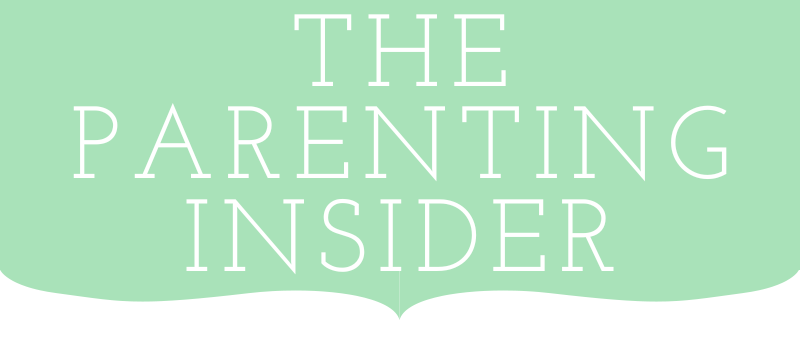
When your child starts school they will be taught phonics to develop their reading and writing skills.
A phoneme is the smallest unit of sound in a word. Phonics teaches children to be able to hear, recognise and write phonemes within words so that they can read and write.
Phonemes
Phonics is all about teaching children the most common grapheme-phoneme correspondence or GPC. This means that children are taught all of the 44 phonemes of the English language and the letters that make up each sound. Schools will usually follow a set order in which to teach each phoneme.
Blending to Read
Alongside teaching what the phonemes look like, your child will also be taught to blend phonemes. As they blend the phonemes they push them together so that they can hear the word. Children need to be able to recognise phonemes as letters, say the matching sound, listen to phonemes as they say them and blend them. Blending phonemes is a key reading skill.
Segmenting to Spell
To segment, your child will need to say a word and listen to it carefully. They will need to listen for the phonemes they can hear and the order in which they hear them. Once your child knows which phonemes are in the word they will use their GPC knowledge to write the correct letters for each phoneme and spell the word.
The Tricky Bits
Due to the history of the English language, there are certainly a lot of tricky bits within it that can make it very challenging to learn to read and write.
There are 44 phonemes but 120 graphemes (ways of writing a phoneme) and only 26 letters of the alphabet. Some phonemes use one, two, three or even four letters.
There can also be more than one way of writing some phonemes and it can be difficult to know which spelling is needed.
Some graphemes can also make more than one phoneme.
There are also common exception words which are a list of words that have combinations of letters that do not follow regular phonics rules. These ‘tricky bits’ need to be remembered.

The challenges above in the English language are addressed within phonics lessons in schools to give our children the tools they need to be successful readers and writers. Phonics lessons are fun, fast-paced, interactive and engaging. They are made up of songs, games and hands-on activities. This approach allows children to quickly develop their phonic knowledge and begin their reading and writing journey.
